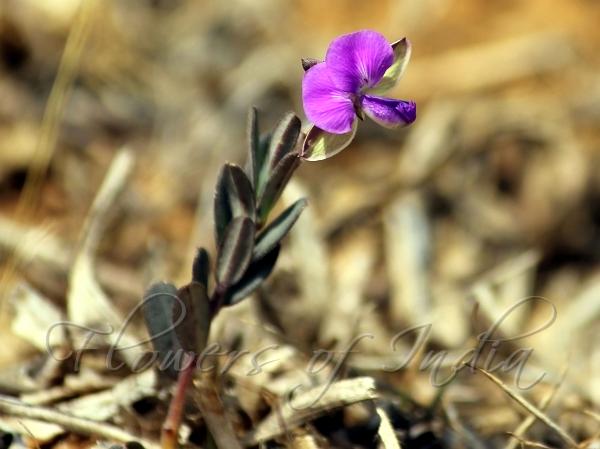|
| Siberian Milkwort |
|

|

| File size | 358984 |
| Original date | 4/21/14 1:18 PM |
| Resolution | 2048 x 1536 |
| Flash | Flash did not fire, auto |
| Focal length | 250.0mm |
| Exposure time | 1/500s |
| Aperture | 5.6 |
| Focus Distance | |
| Metering Mode | $meteringMode |
| Camera make | Canon |
| Camera model | Canon EOS 600D |
| Sensor type |
|
|
|
|
Photo: |
Botanical name: Polygala sibirica Family: Polygalaceae (Milkwort family)
Synonyms: Polygala japonica, Polygala monopetala, Polygala taquetii
Synonyms: Polygala japonica, Polygala monopetala, Polygala taquetii
Siberian Milkwort is a perennial, velvet-hairy, erect
herb, 10-25 cm tall. Stems are usually many from the base. Lower leaves
are smaller, ovate; upper leaves larger, elliptic or
linear-lanceshaped, recurved, tapering, 3-27 mm long, 1-10 mm broad.
Flowers are borne in racemes at branch-ends and lateral, 1-10 cm long.
Bracts are shed off early. Flower-stalks are 2-3.5 mm, elongating in
fruit to 3-5 mm. Sepals are persistent; outer sepals equal, narrowly
hyaline margined; inner sepals ovate-lanceshaped, pointed-tapering,
oblique, sickle shaped, 4-6 mm long, 1.5-3 mm broad, covering less than
1/2 of the fruit, fringed with hairs, 3-nerved, veinlets hardly
anastomosing. Lateral petals are equal to or shorter than keel; keel
4-5 mm long, crested. Capsule is inverted-heart-shaped, 5.5-6 mm long,
5-5.5 mm broad, hairless, wing 0.5-0.75 mm, fringed with hairs.
Siberian Milkwort is found in the Himalayas, at altitudes of 1100-3300
m. It is also found in South India and Western Ghats. Globally it is
found in Japan, Korea, Mongolia, Myanmar, Nepal, Russia; SW Asia,
Australia, Europe.
Flowering: April-May.
Medicinal uses: The leaves are used in the
treatment of spermatorrhoea. They are ingested as a kidney tonic. The
roots are diuretic, expectorant, haemolytic and sedative. Using them
lowers the blood pressure. They are used in the treatment of coughs,
bronchitis, insomnia, infantile convulsions, amnesia, sexual impotency
etc.
The leaves are used in the
treatment of spermatorrhoea. They are ingested as a kidney tonic. The
roots are diuretic, expectorant, haemolytic and sedative. Using them
lowers the blood pressure. They are used in the treatment of coughs,
bronchitis, insomnia, infantile convulsions, amnesia, sexual impotency
etc.
Medicinal uses:
 The leaves are used in the
treatment of spermatorrhoea. They are ingested as a kidney tonic. The
roots are diuretic, expectorant, haemolytic and sedative. Using them
lowers the blood pressure. They are used in the treatment of coughs,
bronchitis, insomnia, infantile convulsions, amnesia, sexual impotency
etc.
The leaves are used in the
treatment of spermatorrhoea. They are ingested as a kidney tonic. The
roots are diuretic, expectorant, haemolytic and sedative. Using them
lowers the blood pressure. They are used in the treatment of coughs,
bronchitis, insomnia, infantile convulsions, amnesia, sexual impotency
etc. | Identification credit: S. Jeevith | Photographed in the Nilgiris, Tamil Nadu. |
• Is this flower misidentified? If yes,